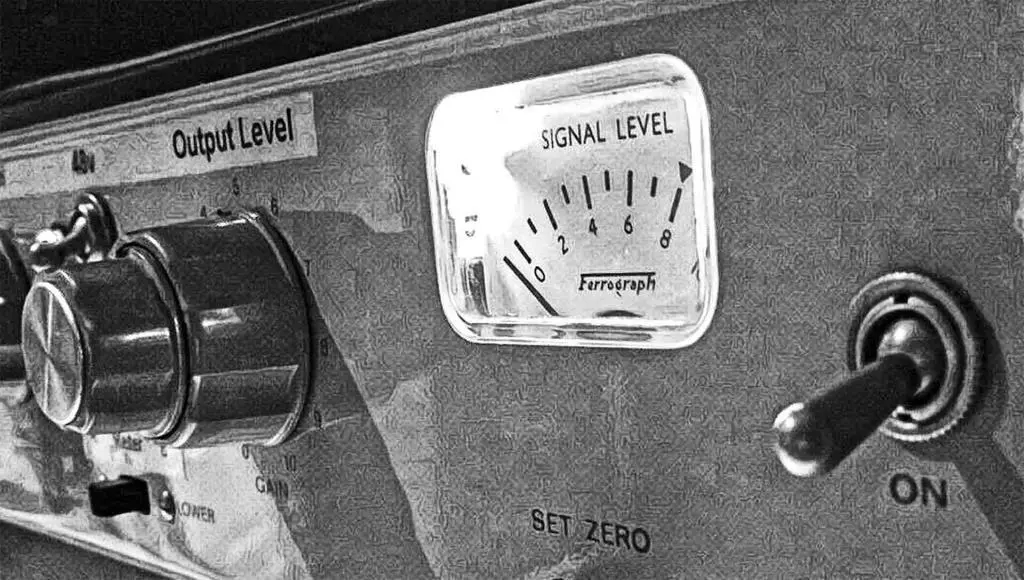Microphone signals are typically very weak, with a voltage range of between .005 and .05 volts. To make these signals usable for recording or processing, a microphone preamp is necessary to increase the signal level to line level, which is approximately 1.2 volts. The increase in voltage requires a gain of 30 dB to 50 dB. It’s important to note that 60 dB of gain results in a signal level increase by a factor of 1000.

This increase in signal level highlights the crucial role that microphone preamps play in audio recording. They take delicate and weak microphone signals and amplify them to a usable level. It’s also why preamps can have such a significant impact on the sound, as the gain increase can impart color to the signal.
The noise floor of a preamp is another important factor to consider. The noise floor refers to the amount of unwanted noise that is introduced into the signal by the preamp. When recording quiet sounds or using low-level microphone signals, a low noise floor is particularly important to ensure high-quality recordings.
When choosing a microphone preamp, it is important to consider the type of microphone being used, the recording application, and the desired sound. Some preamps offer fixed amounts of gain, while others offer variable gain control, allowing the user to adjust the level of amplification as needed.
The voltage gain of a preamp can be calculated using the formula 20log(output voltage/input voltage), and this is another aspect to consider when selecting a preamp. The amount of gain provided, along with the preamp’s noise level, are both critical factors that can affect the final sound quality of the recording.
